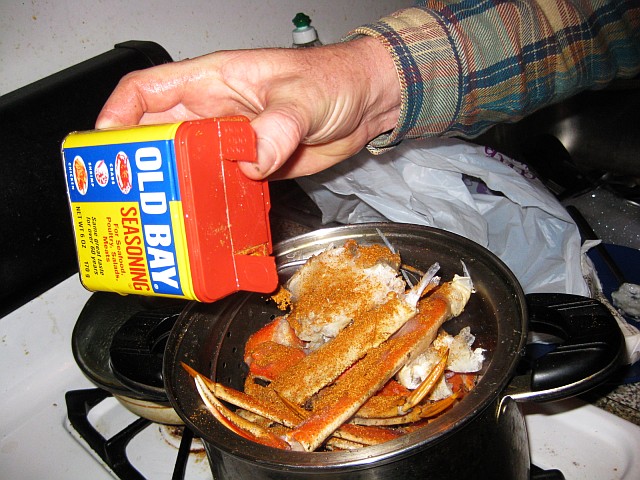Have you ever indulged in the scrumptious cuisine that is Alaskan Snow Crab? Any such meal is one to remember. However, there is a threat to this dish, and to the Ch ionoecetes opilio species as a whole: the crabs are cannibalizing each other. Or so, scientists think.
ionoecetes opilio species as a whole: the crabs are cannibalizing each other. Or so, scientists think.
The snow crab population was once rapidly expanding in the eastern Bering Sea, reaching its highest recorded abundance in 2018 at 11.7 billion. The population then rapidly declined to an all-time low of 940 million in 2021. At least 10.76 billion crabs disappeared within the course of 3 years. But where did they go? 
Researchers have proposed various theories to account for the decline in population. The first obstacle was determining whether the crabs had died off, or merely relocated. After surveying the surrounding habitats and observing no significant influx of snow crabs, the researchers were able to conclude that the crabs had indeed passed on.
With the cause of the crab disappearance isolated, theories were proposed for the cause of death. Temperature, predation, fishery, disease, and cannibalism were all considered. As far as temperature, snow crabs typically exist in cold environments—hence their name. An increase of temperature in their habitats could potentially have accelerated the crabs’ metabolic rates, and consequently expended calories at a rapid rate. With regard to predation, snow crabs are a component of the Pacific cod diet. Relative changes in abundance and distribution of the cod species could have affected the rate of snow crab death. Fisheries provided yet another possibility, as trawling rates are dependent on consumer demand. Disease was also a consideration. Snow crabs are susceptible to Bitter Crab Syndrome, a disease caused by the dinoflagellate parasite Hematodinium perezi, a single-celled eukaryote. Single-celled eukaryotes are organisms comprised of a single cell, as discussed in class. Finally, cannibalism could have been at play. Large snow crabs have been observed to cannibalize smaller snow crabs as a source of food.
Researchers were able to rule out predation and fishery as potential causes of the snow crab population decline. Disease and cannibalism were also eliminated. Through the use of various models, researchers determined that environmental temperature and population density correlated positively with crab mortality,  particularly in mature crabs. Therefore, increased caloric expenditure as a result of increased environmental temperature was identified as the likely culprit of the crabs’ disappearance. Accordingly, a clear link exists between declines in snow crab population and climate change. Further work is necessary to clarify the exact association between the two phenomena.
particularly in mature crabs. Therefore, increased caloric expenditure as a result of increased environmental temperature was identified as the likely culprit of the crabs’ disappearance. Accordingly, a clear link exists between declines in snow crab population and climate change. Further work is necessary to clarify the exact association between the two phenomena.
I invite comments and potential solutions to this serious challenge.


Leave a Reply